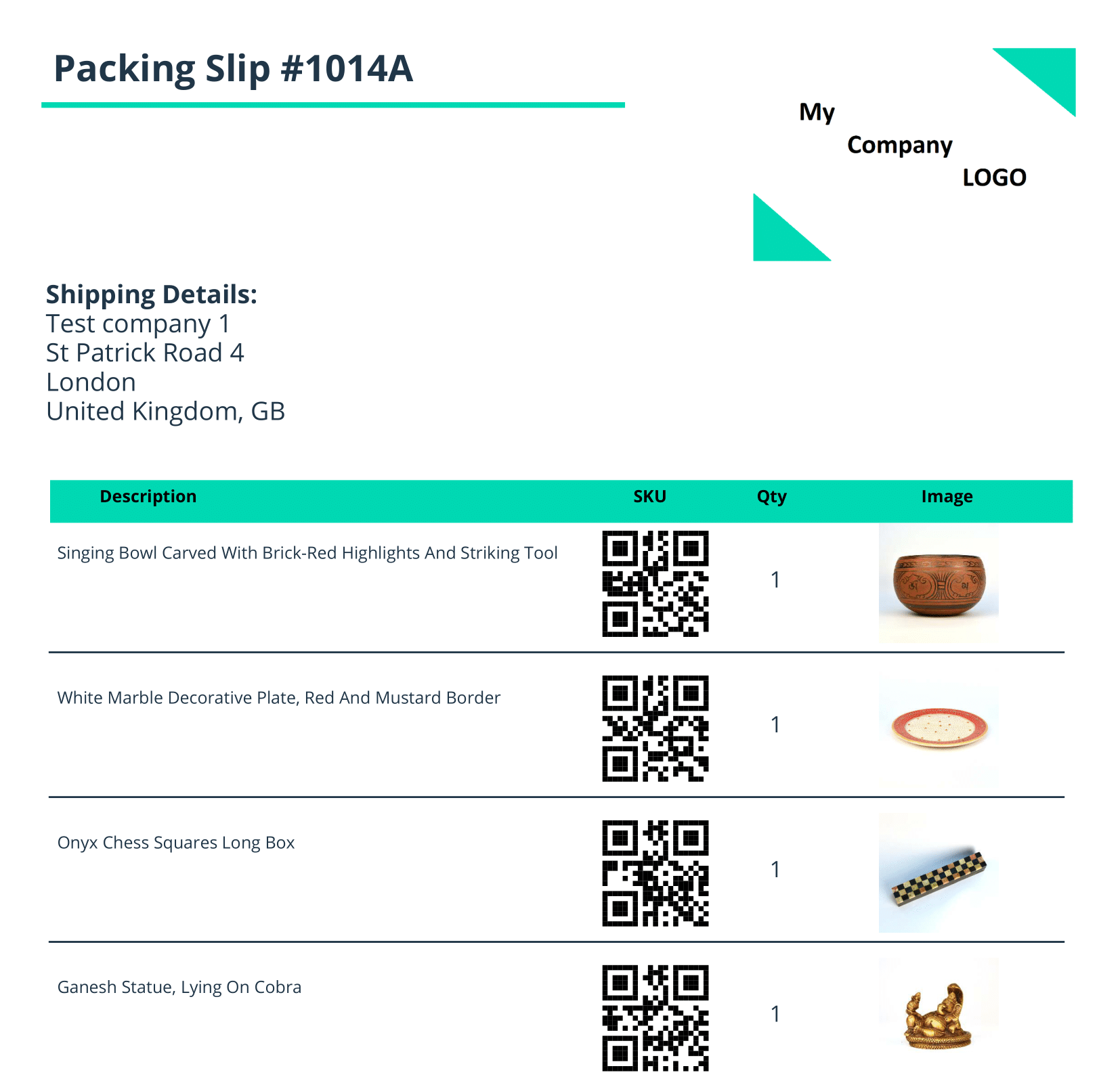A packing list is a document which provides information about the shipment. To be specific, the packing list itemises the contents of each pallet or box, including weights and measurements. Besides cargo details, the packing list should also provide the shipper and receiver information. A packing list is not necessary for transportation, but it’s always good to have it. Not having a packing list can cause more trouble than having it; for example, it can cause delays in customs processes or not getting adequately paid.
Reasons why it’s good to have a packing list made:
- A packing list can act as proof that the shipment is not dangerous;
- In case there are arguments about the weight or dimensions of the shipment, the packing list can act as proof;
- A packing list can speed up the customs declaration process;
- Logisticians can use a packing list to make necessary transport documents (for example, Bill of Lading) and, in case of maritime transportation – calculate how much cargo space the shipment contains;
- Packing list indicates information needed for the Certificate of Origin;
- If the shipment gets lost, it is helpful for the carrier to locate the goods and make a claim to the insurance;
- Packing slip helps the shipper and consignee keep track of the shipment being transported and react quickly if part of the shipment is missing or incorrect;
The packing list should contain the same data as the invoice. It’s better to include as much information as possible when creating a packing list. The specific requirements for packing lists can change due to the nature of the shipment or shipping destination. It is advised to check with carriers or customs, especially when the shipment is moving outside the European Union or is under customs.
The following points should be mentioned on the packing list:
- Date, when the packing list is made;
- Shipper information. Company name, address and contact information. If the shipping address and legal address are different, both should be mentioned on the packing list;
- Consignee’s information. Company name, address and contact information;
- Carriers information, contact and tracking number (if the transportation company offers a tracking solution);
- Shipping method, either road, maritime, rail or air transport;
- Total number of packages that is being shipped;
- Detailed description of each package;
- Package markings, for example, barcode or package numbers. it is to help identify which description of the shipment goes together with which package;
- Volume, dimensions and weight of each package;
- Volume, dimensions and weight of the entire shipment. It is advised to mention how the shipment is packed;
- Order information: Having the invoice number on the packing list is mandatory. If necessary, it’s good to add purchase order number or customer reference number;
- Handling instructions, in case it’s a fragile shipment;
The packing list needs to be attached to the shipment’s exterior in a waterproof envelope to be easily accessed. When transporting shipment by sea, the packing slip must be on the shipping container’s exterior inside a tamper-proof or waterproof casing.
